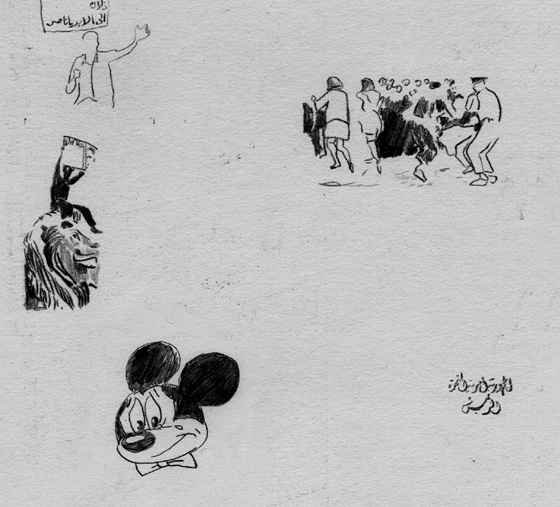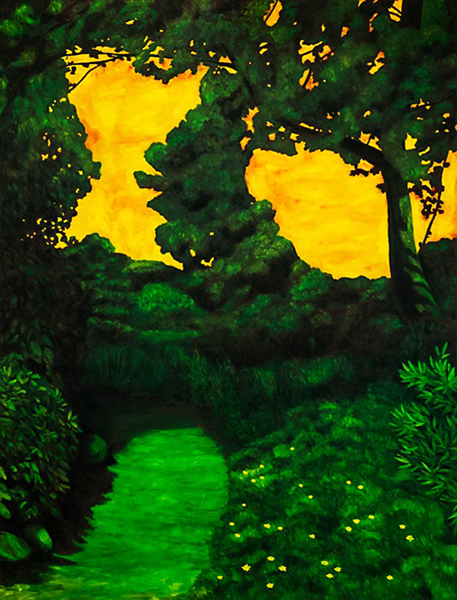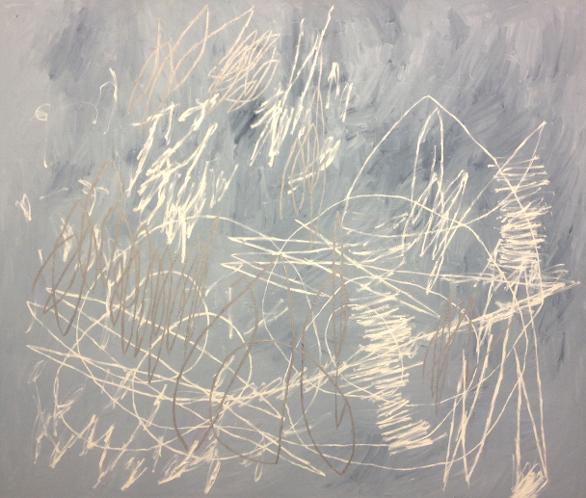ALA YOUNIS – UAR
2014-05-26Many regional and international forces challenged the promise of a sovereign union of Arab states. Things, however, seemed to be gathering force in the region with a rocket-industry project on the verge of giving the Arab world unprecedented power and the Gulf flooding with oil, experts and exports. But a heart attack sent Nasser home dead from an Arab Summit. A rupture. A shock. Five million mourners marched a 10 km procession to his burial, while engulfing the coffin. All Arab heads of state were in attendance. King Hussein of Jordan and PLO leader Yasser Arafat cried openly while Muammar Gaddafi of Libya reportedly fainted twice. In Jerusalem, roughly 75,000 Arabs marched through the Old City chanting, “Nasser will never die.” In Syria as in Kuwait, a general mourning was announced for 40 days. Leipzig marched, so did Moscow who sent the Soviet Premier.
Going through a repertoire of images and objects that emerged from that time, the project studies the stories and mechanisms that produced Nasser’s historical figure. It is a finale to a trilogy of a body of work on Arab Nationalism that started with Nefertiti and Needles to Rockets (2008), and Six Days (2009). It is an exploration of individuals’ complicated relationship to Gamal Abdel Nasser as the hero and the anti-hero, to his promises and his failures. The trilogy delves into Egyptian modernism and the appropriation of symbols from a glorious past and the rhetoric of science, progress and industrialization.
Working with video, installation and publication-based projects, Ala Younis examines how Arab modernism and identity are shaped by ideology and politics. Her projects begin with found objects and images. Some are deeply intimate, while others already possess icon status – albeit ones that have been discarded or forgotten with the passage of time like a defunct Nefertiti sewing machine and a tin soldier. Each object or image becomes part of a web of stories in which the personal is inextricable from the collective.
Exhibition runs through to June 10th, 2014
Gypsum Gallery
5A Bahgat Ali Str
Apt. 12
Zamalek
Cairo


